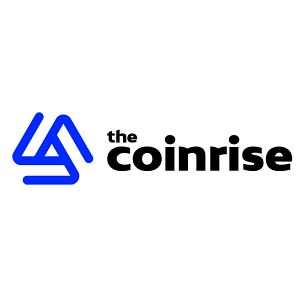Ethereum, Decentralization and Functionality: The Big Take
2 min read
The crypto space has recently seen a resurgence of discussions about the core Ethereum core principles. Vitalik Buterin, Ethereum’s co-founder, has largely sparked these discussions. These debates focus on balancing decentralization with functionality in a growing ecosystem. While Ethereum has long championed decentralization, it now faces the challenge of integrating new technologies that could compromise its core values. Decentralization vs. Centralization: The Core Debate Vitalik Buterin’s comments on the subject have sparked important discussions about Ethereum. While the platform is dedicated to decentralization, real-world applications have sometimes made it difficult to achieve this goal fully. Unlike Dogecoin, which operates without any centralized control , Ethereum relies on centralized intermediaries like API nodes and oracles to perform specific tasks. While these solutions can enhance performance and usability, they contradict Ethereum’s founding principle of decentralization. While these solutions can enhance performance and usability, they contradict Ethereum’s founding principle of decentralization. Buterin argued that if Ethereum were to adopt centralized solutions fully, it would lose its identity as a decentralized platform. His position underscores the network’s dedication to verifiability and democratized participation, key values that set the platform apart. As Ethereum continues to evolve, its ability to maintain decentralization while integrating effective solutions will be crucial for its future success. The Challenges of Decentralized Solutions Recently, Flashbots , a blockchain researcher and infrastructure provider, launched BuilderNet. The infrastructure provider claimed this would address the centralization challenges in the Ethereum blockchain. Nevertheless, the major challenge for Ethereum is implementing low-latency API nodes and secure multi-party computation (MPC). This could replace centralized intermediaries, but it is still years away. Despite these challenges, Ethereum’s community prioritizes verifiability and decentralization. This commitment reflects the ongoing effort to ensure ETH stays decentralized while improving usability and functionality. Ethereum and Current Market Movements As the Ethereum blockchain’s debates continue, its market performance is evolving. Recently, the network’s native token surged past $4,000 , marking a 28% increase since November 18. Despite dipping to $3,615 on December 5, it has recovered to $3,984.97, up by 0.62% as per CoinMarketCap data at the time of writing. Crypto analysts are optimistic about Ethereum’s future . An anonymous trader known as “Venture Founder” recently highlighted that the asset is nearing a significant breakout from a three-year ascending triangle pattern. The post Ethereum, Decentralization and Functionality: The Big Take appeared first on TheCoinrise.com .

Source: The Coin Rise



